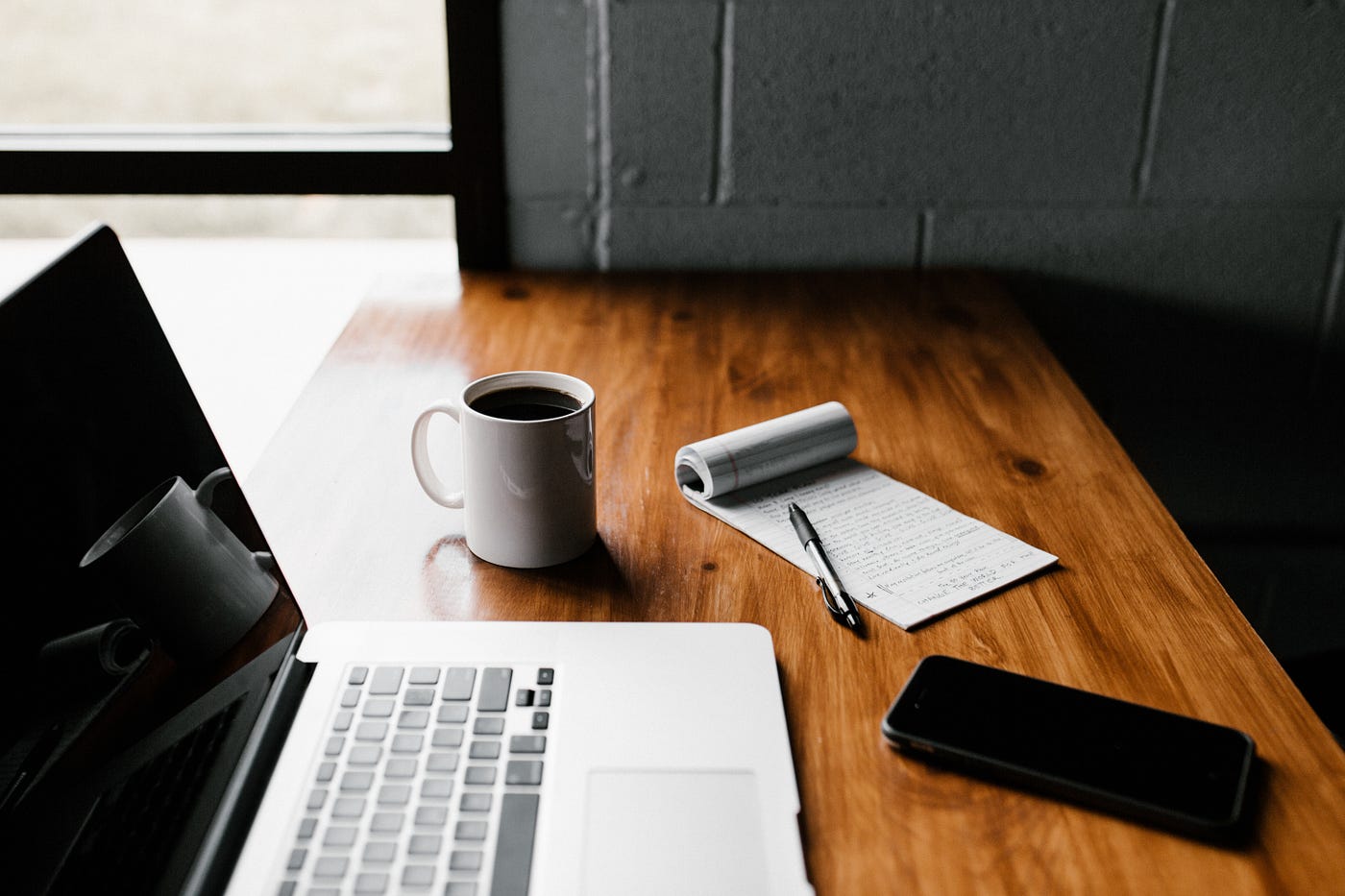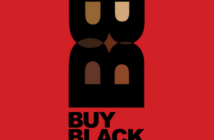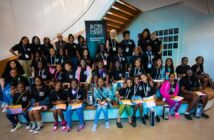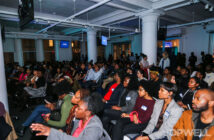This article was first published by Olivia Ng on Medium.
I joined the world of UX/UI in 2021 after career changing from being an English as a Second Language (ESL) Teacher.
Changing careers can daunting, but with some preparation it won’t be nearly as bad as you think. According the TopCV, the world’s largest CV writing service, 30% of UK professionals have changed jobs between 2020 and 2021. I hope that by sharing my story you won’t think it’s too late to change or feel so alone in starting your journey.
I loved teaching, but it completely drained me. I knew it was time, time for change and actually start a career. I always got by just going from job to job, not really taking responsibility of my career path. How could I convince a potential employer that this time I was serious and not just using them as a stepping stone? Sure, I graduated in Graphic Design, but this was before the days I was even aware of the term UX and UI and most of my previous design experience was quickly becoming outdated and irrelevant. I decided that because I had design knowledge and enjoyed psychology at high school, maybe this would be a good fit for me.
I just needed to package and present myself in the right way.
Let’s have a look at the most important soft skills to be an ESL teacher:
Leadership
– Effectively manage and teach a class of up to 20 students from a range of backgrounds, opinions and age groups.
– Effectively manage the disruptors.
Communication
– Present material in various ways to accommodate for various learning styles.
– Present material in a logical, progressive way to build upon previous classes.
– Practise active listening to really hear what students are trying to say.
Planning
– Plan the objectives of the lesson and include any anticipated problems you might come across and how you would deal with them.
– Time management is key to reaching deadlines.
Adaptability
– Be ready to cover a class at the last minute without really knowing their level or what they’ve previously studied.
– Build resilience for when the lesson goes completely off the rails (50/50 chance).
Relationship building
– Build rapport and mutual respect with people that may have different life experiences and views from you.
– Build solid relationships so each person feels they have a voice and can comfortably speak up.
Cultural awareness
– Adjust the language you use to avoid offense or misunderstanding.- Be aware of potentially sensitive topics for some students.
Think of what transferable skills you may have (Photo by Branko Stancevic on Unsplash)
Most, if not all, of the skills listed above transfer well to UX and UI.
– Leadership comes in handy when leading a workshop
– Communication is key in any situation
– Planning will make the design process smoother and prepare you (the best you can) for any expected blockers
– Adaptability helps when the roadmap unexpectedly changes
– Relationship building is key if you want to become a pro at coffee chats and making a (hopefully) good impression on others.
What about cultural awareness? Surely that’s not that important for UX and UI, right? Consider the fact that tech teams are more global as ever thanks to remote working, you may find yourself working with someone from a completely different cultural background to you. Even if you don’t have international colleagues, your users may be from all over the world and being as open-minded in our approach to design is as important as ever and can give you an edge over others.
This part of the career-changing process is highly dependent on your situation, but my journey was down to some unique factors.
COVID wasn’t part of my plans (I highly doubt it was part of anyone’s plans), but it allowed me the time needed to absorb all I could about UX and UI. As I had a design degree, I decided to forego bootcamps because I thought I’d ‘only’ needed to study UX and that would be that. (…hindsight is a funny thing)
As I was furloughed from my part-time job, I self-studied all through 2020 from 9–6pm every day. It was all I could do really. Don’t be put off from that though as I’m obsessed with studying. I love learning theories and how it all fits together in a design process. I also wanted to check I wasn’t interested in front-end development, animation or graphic design instead. I wanted to make sure I was making the right decision really. What’s the advice here? Keep an open-mind and study around UX and UI to see if you find yourself drawn to anything else.
If you’re going to make a change, make sure it’s a calculated change.
 This may take a while — get caffeinated and comfy. Photo by Andrew Neel on Unsplash
This may take a while — get caffeinated and comfy. Photo by Andrew Neel on Unsplash
I researched different types of design organisations (corporate, agencies, in-house, start-ups) in different sectors (FinTech, FemTech, gaming, beauty, education, charities) and thought what I would connect with the most. Each has it’s pros and cons and also depends on what you’re personally looking for so take time to think about this. (Though if you want to try everything and anything, then clearly ignore this.)
I found some interesting companies and fired out prospective emails asking if they offer internships and why I specifically chose to contact them. In total I applied for 18 jobs and sent 10 speculative applications before I finally landed the chance to assist in User Research for a small start-up in SexTech (I had no idea it was a thing, but apparently it is). I only interned with them for a couple of weeks before I landed my first job as a full-time designer, but I learnt so much in that short space of time.
Hopefully my journey inspired you and that you’ll find this advice helpful:
Confirm you really want a career change to UX and/or UI. How does it match up with your skillset, your interests and your goals? If you get stuck as this stage, have a look at some Ikigai worksheets.What skills do you already have that you can transfer to a UX/UI role? Google what soft skills you need to do your current job. More often than not you can find at least 3 skills that would match being a UX/UI Designer — the job isn’t so rare and magical that you’d need a completely different skillset to do it.
Think about your personal skills too. If you get stuck, try the 16Personalities test. I find that it identifies your strengths and weaknesses pretty well and you get a ton of great adjectives to use in your CV too.Identify your knowledge gaps by looking at the end-to-end process of UX/UI. If you have the time and resources too, feel free to do a bootcamp and other online courses but be sure to check reviews first (sometimes you can get the same content by knowing what to Google).Do some projects. Put your new knowledge to use and create something you can put into your portfolio.Network and scour job boards. This is the toughest stage, but don’t give up!Don’t just take the first job that says ‘yes’ (unless you really don’t have a choice). When you get an offer make sure it’s a good fit for your skills, interests and values. Stay resilient and believe in your skills. Consider internships, volunteering to gain real-world experience.
Throughout all this remember to set aside time to focus on your mental health. Good mental health = the right mindset and approach. You really don’t want to burn out before you start the job of your dreams.
Best of luck on your journey!
This article was first published by Olivia Ng on Medium.



